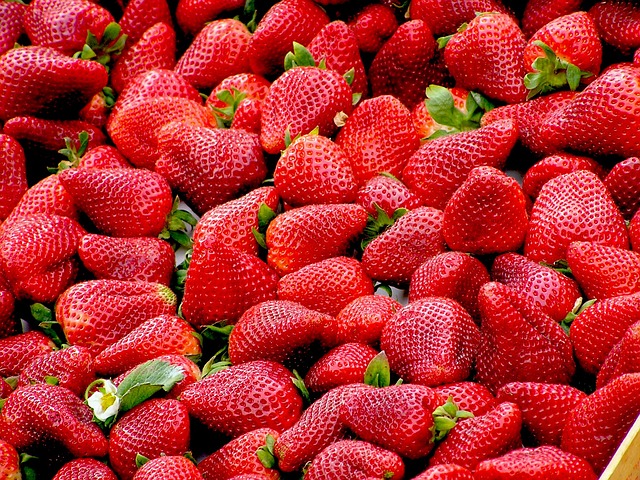Beyond Yogurt: Exploring Unconventional Sources of Probiotics for a Healthy Lifestyle
In recent years, there has been a growing awareness of the importance of probiotics for maintaining a healthy gut. Probiotics are live bacteria and yeasts that provide numerous health benefits, especially for our digestive system. While yogurt is a popular source of probiotics, there are many other unconventional sources that can help us incorporate these beneficial microorganisms into our daily lives.
Kombucha
Kombucha is a fermented tea that has gained popularity as a probiotic-rich beverage. It is made by fermenting sweetened tea with the help of a SCOBY (symbiotic culture of bacteria and yeast). The fermentation process creates a variety of beneficial bacteria and yeasts, making it a great alternative to yogurt for probiotic intake.
In addition to probiotics, kombucha also contains antioxidants and other compounds that contribute to overall gut health. It has a tangy and slightly sweet taste, and it comes in various flavors, making it a refreshing and flavorful way to incorporate probiotics into your diet.
Kimchi
Kimchi is a traditional Korean dish made by fermenting vegetables, primarily cabbage, with a mix of seasonings and spices. It is not only delicious and versatile but also packed with probiotics. The fermentation process allows the growth of lactobacilli bacteria, which are known for their beneficial effects on gut health.
With its spicy and tangy flavors, kimchi can be enjoyed as a side dish, added to soups or stir-fries, or even used as a topping for sandwiches and burgers. It not only adds a burst of flavor to your meals but also boosts your probiotic intake, supporting a healthy gut.
Miso
Miso is a traditional Japanese seasoning made from fermented soybeans, rice, or barley. It is commonly used in soups, marinades, and dressings, adding a rich umami flavor to various dishes. Besides its unique taste, miso is also a fantastic source of probiotics.
The fermentation process gives miso its probiotic properties by cultivating various strains of beneficial bacteria. Incorporating miso into your diet not only enhances the flavors of your meals but also promotes a healthy gut environment. It is worth noting that miso should be added to dishes after they’ve been cooked to preserve its probiotic benefits.
Sauerkraut
Sauerkraut is a fermented cabbage dish that has been enjoyed for centuries. It is made by fermenting finely sliced cabbage and salt, allowing the growth of lactic acid bacteria. As a result, sauerkraut contains a significant concentration of probiotics.
Sauerkraut has a tangy and crunchy texture, making it a versatile addition to various dishes. Whether you enjoy it as a topping for hot dogs, sandwiches, or salads, sauerkraut provides a flavorful way to incorporate probiotics into your meals.
Tempeh
Tempeh is a traditional Indonesian food made from fermented soybeans. It is a nutritious and protein-rich alternative to meat, and it also offers the benefits of probiotics. The fermentation process binds the soybeans together, creating a firm and slightly nutty product.
Adding tempeh to your diet not only diversifies your protein sources but also introduces probiotics to your gut. It can be cooked in various ways, such as grilling, baking, or steaming, and it pairs well with a wide range of ingredients and flavors.
Conclusion
While yogurt is often associated with probiotics, there are numerous other unconventional sources that can provide the same benefits to support a healthy gut. From kombucha and kimchi to miso and sauerkraut, these foods offer a delicious and diverse range of options to incorporate probiotics into your daily lifestyle.
By exploring these unconventional sources, you can add variety to your probiotic intake while enjoying the unique flavors and textures they offer. So, why limit yourself to yogurt when there are so many other tasty options available?







